The Impact of Virtual Reality on Educational Methods
In an increasingly technological world, virtual reality (VR) has emerged as a pivotal tool across various sectors, notably education. The integration of virtual reality within modern education is reshaping the way teaching and learning occur, with implications that are both promising and complex.
Introduction and Integration of Virtual Reality in Modern Schools
The infusion of virtual reality into modern education is not merely the adoption of a new tech tool, but a paradigm shift in teaching methodology. Schools globally are integrating VR in their classrooms, providing students with a platform that transcends geographical and physical boundaries. Example of this can be seen in the Learning Research Project at Case Western Reserve University, where VR is utilized to help medical students understand the human body in depth. Similarly, Google's Expeditions program allows students to go on virtual field trips, exploring historical landmarks and natural wonders.
Advantages and Disadvantages of VR in Learning Environments
Advantages
Arguably, one of the most significant advantages of VR in education is the immersive, engaging learning environment it offers. Studies have shown that VR stimulates students' interest, enhances their understanding of complex concepts, and improves their retention rates.
Disadvantages
However, the implementation of VR in schools is not without challenges. Key issues include cost, technical glitches, and health concerns such as cyber sickness, a condition similar to motion sickness that occurs in response to exposure to virtual environments.
The Future of Virtual Reality-Infused Education Strategies
As technology continues to evolve, the use of VR in education is projected to become even more pervasive. In the future, we may see completely virtual classrooms, offering a steep departure from the conventional notion of education. Predictions from industry experts, such as those from EduCause, envision a more adaptive, personalised learning powered by AI and VR technologies.
Revolutionizing Traditional Teaching Methodologies and The Dynamic Learning Experience
VR is revolutionizing traditional teaching methodologies by fostering experiential learning. When students learn by doing, they attain a deeper understanding of the material, developing vital skills such as critical thinking, problem-solving, and creativity. Notably, Stanford's Virtual Human Interaction Lab uses VR to enhance learning experiences, enabling students to interact with virtual characters, explore different cultures, or even walk in someone else’s shoes.
In conclusion, the potential of VR to transform education is immense. However, in this evolving landscape, it is essential to approach the integration of VR in education with a balanced consideration of its benefits and challenges. As we continue to explore the potential of this exciting technology, we must ensure that its implementation enhances, rather than hinders, the educational experience.
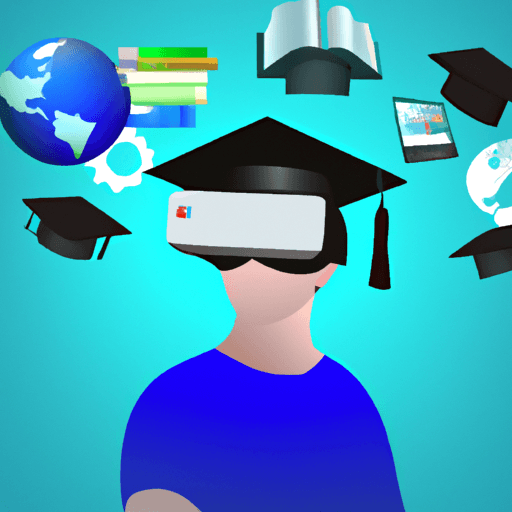


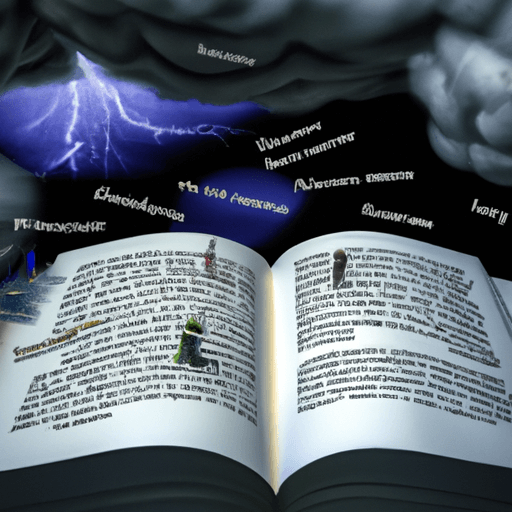
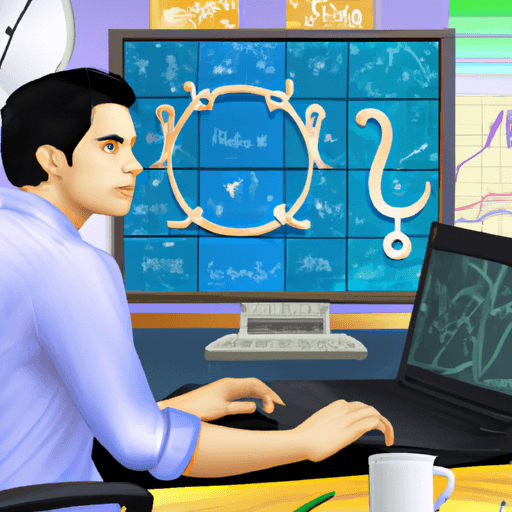

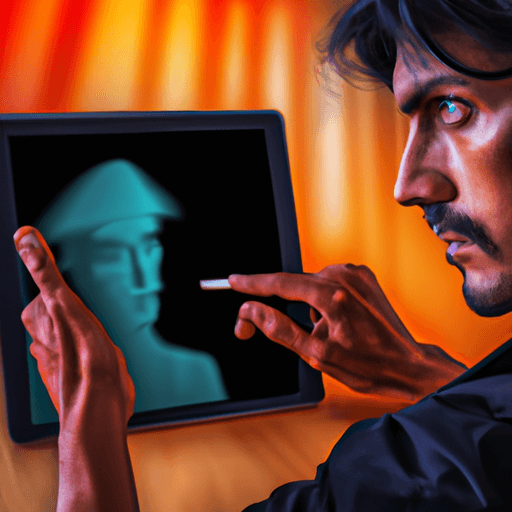
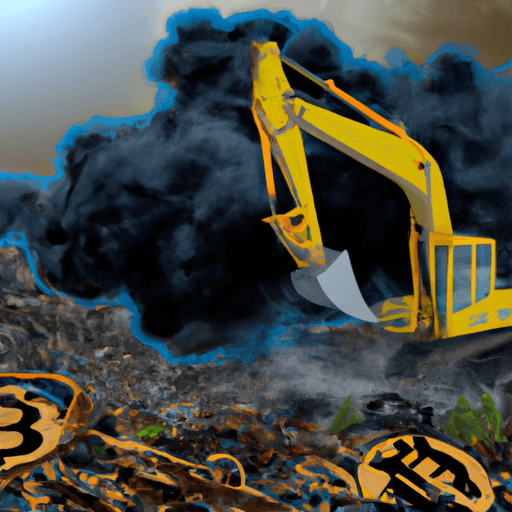

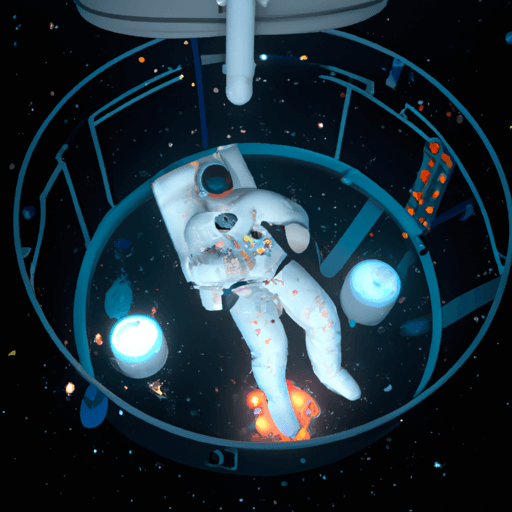
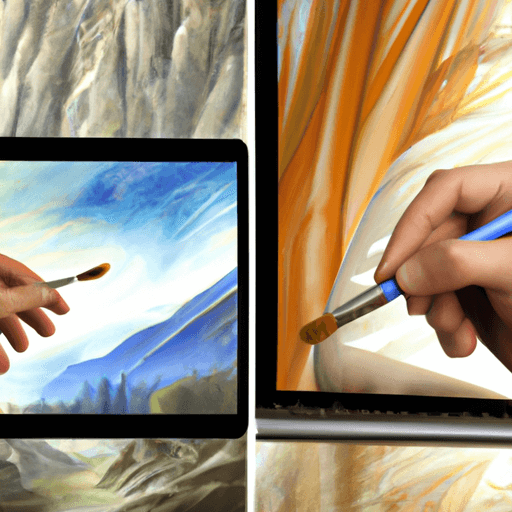



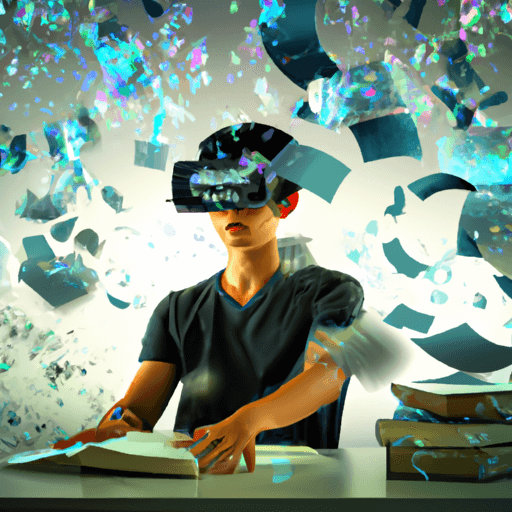
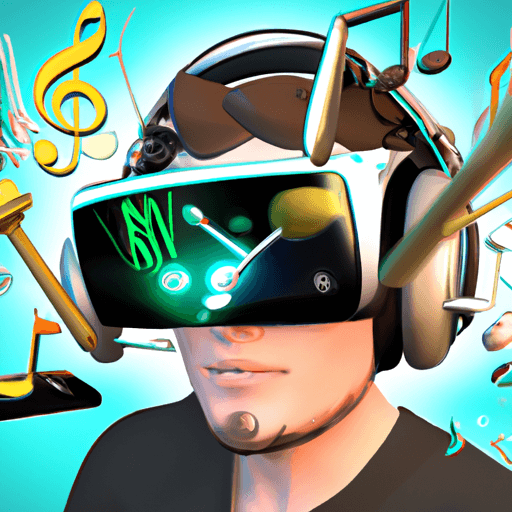
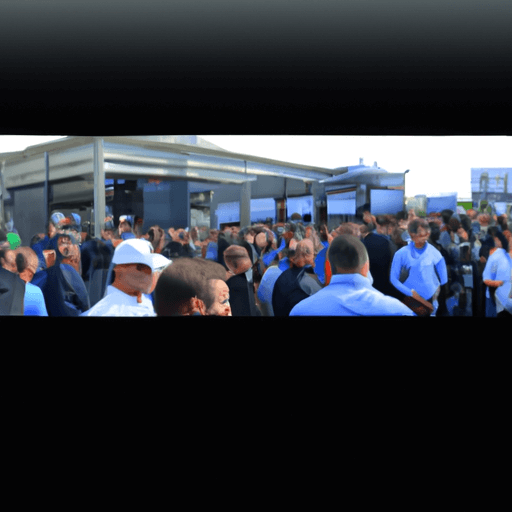
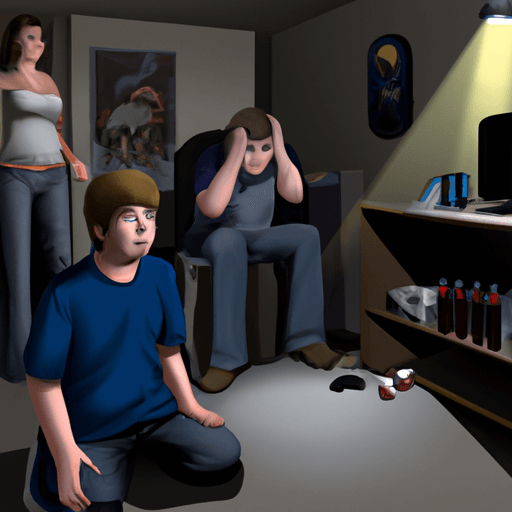
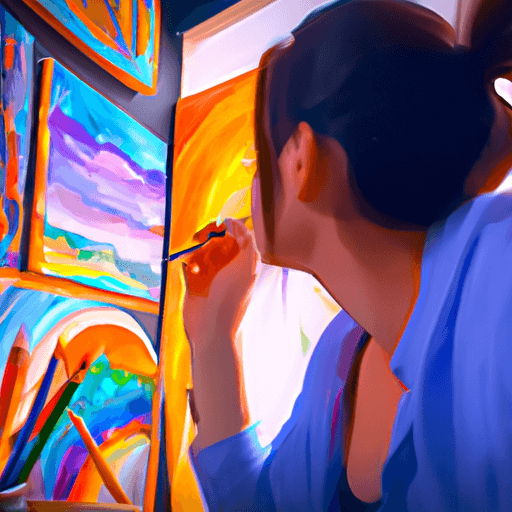
Comments
Leave a Comment